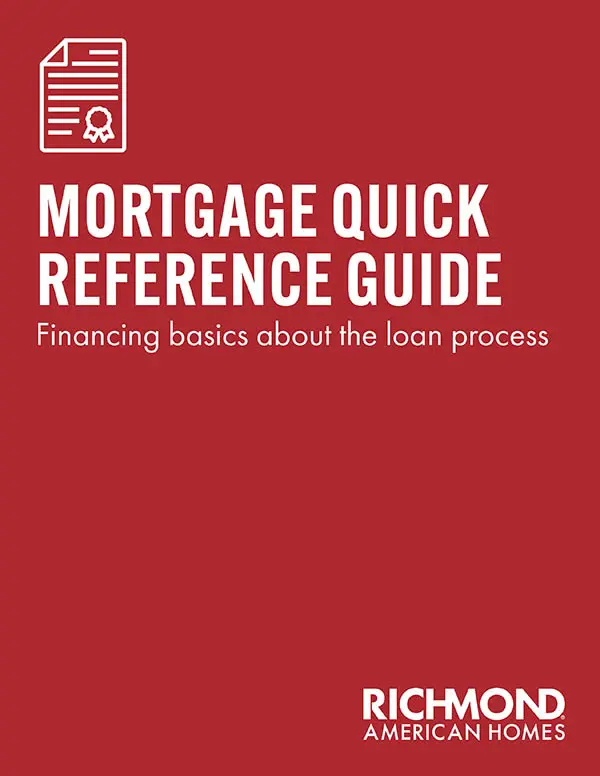Buying a home is an exciting milestone—and for many, it’s also one of the largest financial commitments they’ll ever make. Whether you’re searching for your first home, downsizing, or relocating to a new area, there’s a lot to navigate, especially when it comes to the financial aspects of the transaction. For first-time buyers especially, real estate jargon can feel overwhelming. Terms like “escrow,” “PMI,” and “closing costs” can all blur together, and one particularly common source of confusion is the difference between earnest money vs down payment.
Because these two concepts both involve paying money up front, they’re easy to mix up. However, they actually serve very different purposes, and understanding those distinctions early on in your house hunting journey can help you avoid stress later. In this article, we’ll walk you through what earnest money and down payments are, how they differ, and what they mean for your path to homeownership.
Why is it so easy to confuse them?
At a glance, earnest money and down payments may seem like two names for the same thing. After all, both are payments you’ll need to make out of pocket during the purchasing process. However, their roles, timing, and applications are quite different. Earnest money, for instance, is typically paid when an offer is accepted or a purchase agreement is signed, while the down payment is collected at the time of closing.
By understanding the key differences between earnest money vs down payment, you can approach your homebuying journey feeling more confident and informed, as well as avoid surprises at contract signing or closing. Now let’s take a closer look at these terms individually.
What is earnest money?

Earnest money can be considered a “good faith deposit” that you’ll provide to show serious intent to purchase a home. You submit it along with the offer or at the time the contract (purchase agreement) is signed as a demonstration of your commitment to completing the transaction. This deposit is typically held in escrow and later applied toward the down payment or closing costs.
Why do sellers collect it?
From the seller or builder’s perspective, earnest money helps reduce risk. Signing a contract with you typically means they take the home off the market—and if you were to walk away without a valid reason, they could lose valuable time and miss out on other potential buyers. That’s where earnest money comes in. By putting money on the line, you demonstrate your commitment to seeing the transaction through, assuming everything goes according to plan.
How much earnest money should I expect to pay?
The short answer is, it depends. The amount generally ranges from 1% to 5% of the home’s base price, though this can vary depending on the location, the builder’s policies, and whether the home is move-in ready or built from the ground up. Whether or not earnest money can be refunded depends on the terms outlined in the purchase agreement. If you end up withdrawing from the deal for a reason not covered by the contract’s contingencies, your earnest money may be forfeited.
What is a down payment?
A down payment is the portion of a home’s purchase price that you pay up front at closing, and it plays a significant role in the financing process. It’s essentially your initial investment in the home and reduces the total loan amount needed to finance a home. Unlike earnest money, which is about intent, the down payment is about ownership, as it represents the amount of equity you’re putting into the home from the start.
How much money do I need to put down?
The answer to this can very greatly depending on the type of loan you’re receiving, your credit profile, and the lender’s guidelines. Here is a general breakdown of what some of the most common loan types require:
- Conventional loans: Often require 5% to 20% of the home’s purchase price as a down payment.
- FHA loans: Backed by the Federal Housing Administration, these loans are popular among first-time buyers and may require as little as 3.5% down.
- Department of Veterans Affairs (VA) loans: Available to eligible veterans and active-duty service members, VA loans often require no down payment.
- United States Department of Agriculture (USDA) loans: Designed for rural homebuyers, USDA loans may also allow for zero down payment.
Keep in mind that while a low down payment may make homeownership more accessible, putting less than 20% down on a conventional loan typically means you’ll need to pay private mortgage insurance (PMI). This added monthly expense is designed to protect the lender in the event that the borrower (that’s you) defaults on the mortgage for some reason.
Ready to start saving for your down payment? We’ve gathered some creative tips for you! Check them out in this blog article.
What about VA or USDA loans?

As mentioned previously, in the case of VA or USDA loans, you may not need to make a down payment. However, you would still need to provide an earnest money deposit. In these situations, that earnest money can often be credited toward closing costs or returned at closing, depending on how the contract is structured.
To recap

This simple analogy is an easy way to remember the distinctions between earnest money vs down payment: Earnest money is like a handshake—a sign of commitment. A down payment is your “skin in the game,” the initial investment that helps secure the loan.
- Earnest money is paid when the contract is signed and it’s typically held in escrow. It shows your intent to purchase, typically amounts to 1% – 5% of the home’s base price, and may be forfeited if you end up backing out of the purchase. If the deal moves forward, it’s often applied toward the down payment or closing costs.
- The down payment, usually 3% – 20%+ of the home’s price, is paid at closing and goes directly toward the purchase. It plays a key role in qualifying for the mortgage and is generally refundable if the deal falls through, depending on financing terms.
For many new buyers (and even some returning ones), the financial side of real estate can feel intimidating at first. Understanding the basic components of your transaction—such as the differences between earnest money vs down payment—can help you approach the homebuying process with more confidence and less confusion. The more you learn now, the less stress you’ll encounter in the future.
A few takeaways to keep in mind:
- Ask questions: Don’t hesitate to seek clarity on contract terms, contingencies, or how funds will be handled throughout the process.
- Plan ahead: Understand how much money you’ll need to set aside for earnest money, your down payment, and other expenses like closing costs, moving fees, or an emergency fund.
- Know your loan options: The type of mortgage you choose will influence how much you need to pay upfront and whether special programs (like VA or USDA loans) might reduce or eliminate your down payment altogether.
Need a trusted lender?
If you’re ready to begin shopping for mortgages, it helps to have a reputable lending company on your side. Our affiliate lender, HomeAmerican Mortgage Corporation (HMC) (see licensing info), is one such option and offers a team of experienced professionals who are ready to answer your questions and guide you to the closing table. These individuals are well-versed in the Richmond American homebuying process and can help you find a loan option (at a competitive rate!) that fits your specific needs.
Don’t forget! Your loan officer can be a handy resource for further explaining the differences between down payments and earnest money.
To get in touch with the HMC team, call 866.400.7126 or visit HomeAmericanMortgage.com.
We hope that this article left you with a greater understanding of earnest money vs down payment, and what those terms mean for your homebuying journey. For additional information on financing your dream home, take a look at these other reads:
- The Power of the Rate: Afford More with Special Financing!
- The Benefits of Home Loan Prequalification
- Eight Tips for How to Afford a House
- How to Choose Financing Options: A Mortgage Infographic
Ready to finance the home of your dreams?
Our free guide will give you an overview of the loan process, plus tools to keep you organized through closing day.





